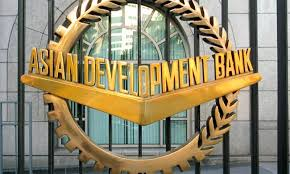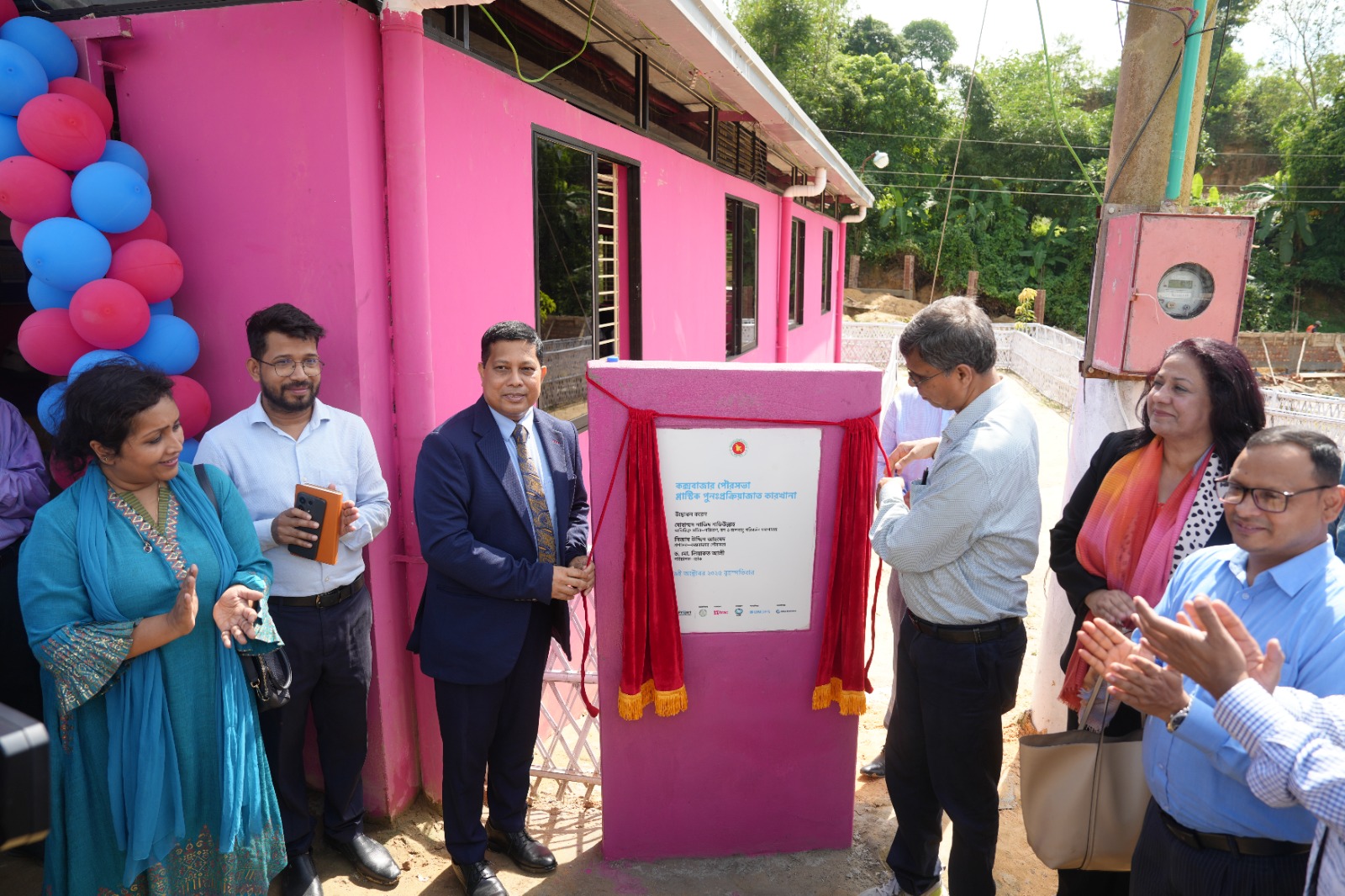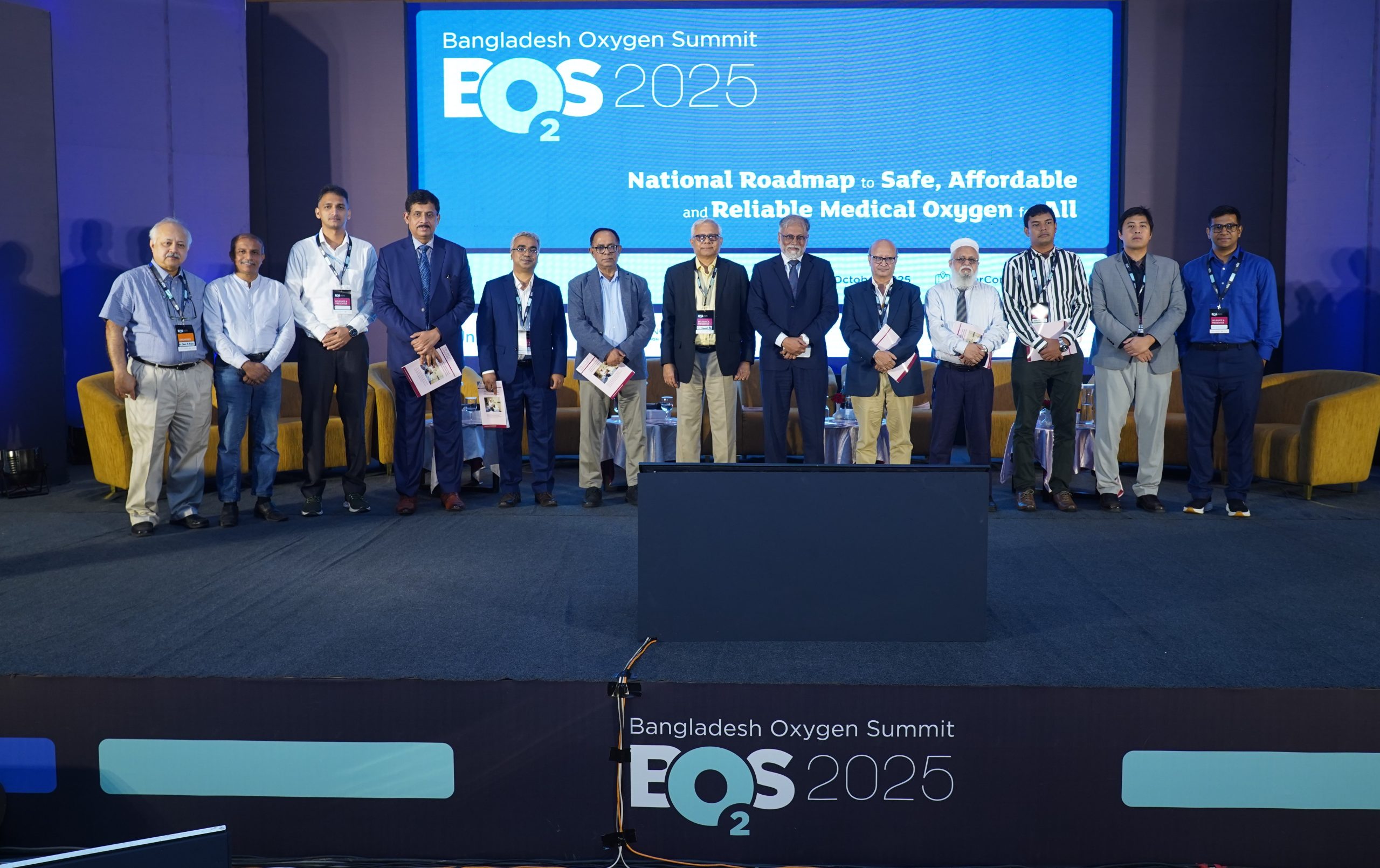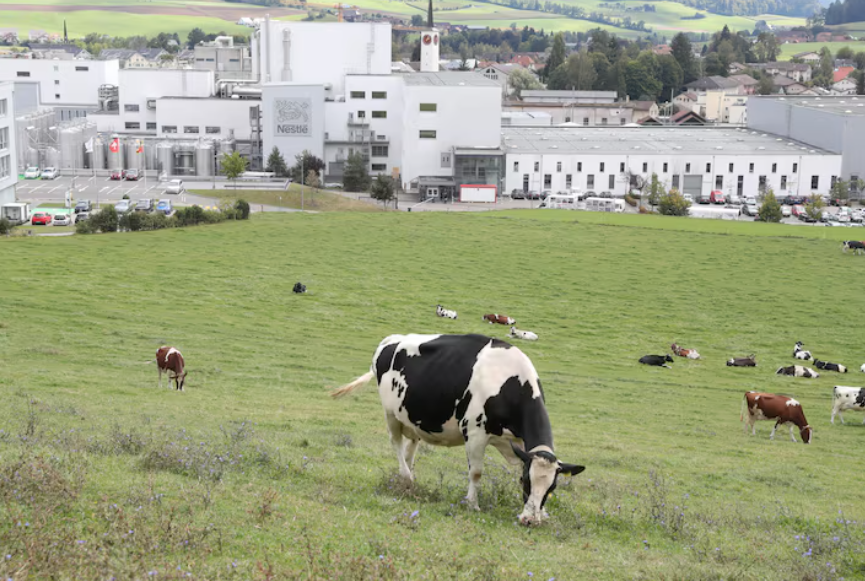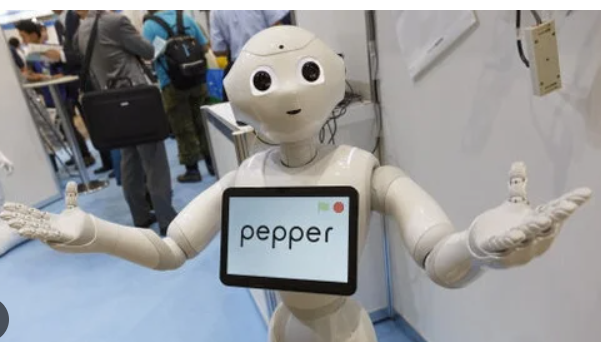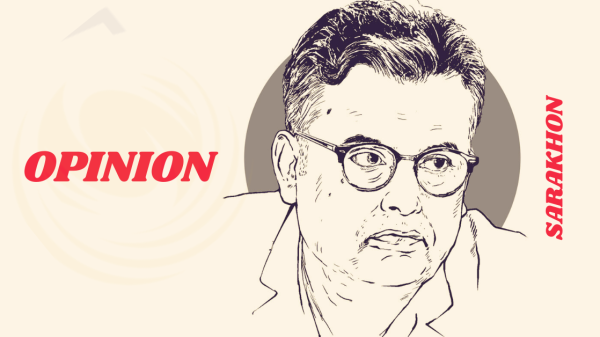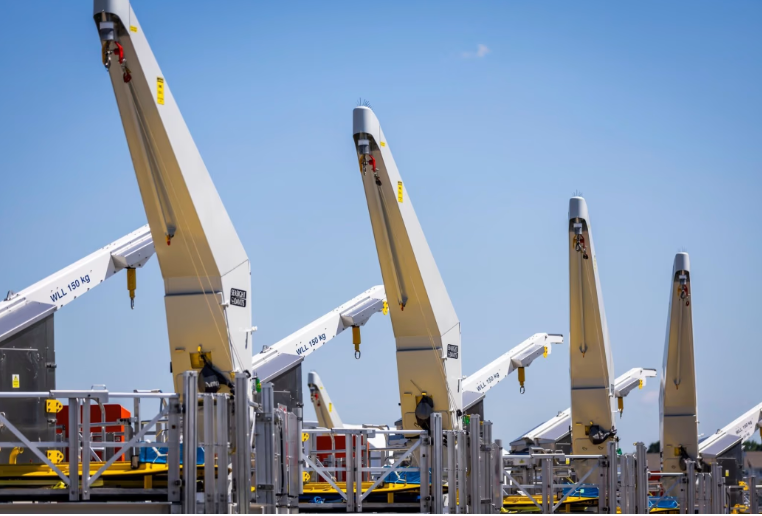Reviving the Rural Economy: $100 Million ADB–Bangladesh Agreement

To accelerate rural entrepreneurship, women-led businesses, and green investment, the Government of Bangladesh and the Asian Development Bank (ADB) have jointly signed a major agreement worth US$100 million. The project aims to boost capital flow in rural economies, generate employment, and establish a sustainable development framework.
A New Commitment to Sustainable Growth
The Government of Bangladesh and the Asian Development Bank (ADB) have signed an important agreement for US$100 million to expand financing capacity for cottage, micro, small, and medium enterprises (CMSMEs) in rural and semi-urban areas.
The project’s goal is not merely loan disbursement—it seeks to foster entrepreneurship, create jobs, and promote investment in green businesses to build a sustainable development structure.

Project Framework and Objectives
Under the “Second Small and Medium-Sized Enterprises Development Project (Phase 2),” the goal is to create at least 15,000 jobs by 2030.
The funding will be used to:
- Provide long-term credit access for rural entrepreneurs.
- Enhance financial inclusion for women entrepreneurs.
- Support climate-resilient production and green innovation;
- Strengthen the capacity of participating banks and financial institutions; and
- Assist Bangladesh Bank in policy training and technology enhancement.
ADB will also implement a technical assistance program of about US$950,000 in collaboration with the central bank and the Economic Relations Division (ERD). This program will include banker training, formulation of green finance guidelines, and development of value-chain-based credit models.
Potential Impact on the Rural Economy
Most small enterprises in Bangladesh still operate outside metropolitan areas, but their access to bank credit remains limited. ADB’s initiative could significantly increase the flow of capital into rural economies, thereby reducing regional disparities, alleviating poverty, and promoting women’s entrepreneurship.
At the same time, through “green business” initiatives and climate-resilient systems, the project will help establish a sustainable business environment.
IMF Context: Link with Broader Economic Policy
In June 2025, the International Monetary Fund (IMF) approved new loans for Bangladesh—US$884 million (ECF/EFF) and US$453 million (RSF)—to support monetary reforms, improve revenue management, and enhance flexibility in external transactions.
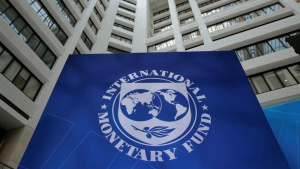
According to the IMF Bangladesh Country Report 2025:
- The country’s economy remains at moderate debt-risk levels.
- Inflation and foreign currency shortages are pressuring growth, and
- Without reforms to taxation and banking supervision, investment flows could be disrupted.
In this context, ADB’s CMSME funding aligns closely with the IMF’s recommended policies to increase financial inclusion and accelerate private-sector growth.
Current Reality of Small and Medium Enterprises
According to Bangladesh Bank and World Bank data:
- About 78% of total employment in Bangladesh comes from the SME sector;
- This sector contributes 25–30% of national GDP;
- Yet, only 16–18% of bank loans reach CMSMEs.
In recent years, stricter central bank reserve and provisioning policies have discouraged many commercial banks from extending CMSME credit. As a result, access to affordable loans remains a major challenge for rural entrepreneurs.
ADB’s project could help fill this gap—especially for women-led and climate-conscious businesses.
Women Entrepreneurs and the Green Economy: A New Horizon
The agreement places special emphasis on training and enhancing financial literacy for women entrepreneurs.
ADB Country Director Hoe Yun Jeong stated:
“This project is not just about financing—it will strengthen women’s entrepreneurial capacity and develop managerial skills.”

Moreover, considering climate risks, the initiative will encourage enterprises to invest in “green products,” boosting the global competitiveness of Bangladeshi goods.
Challenges and Policy Recommendations
Several challenges remain in the project’s implementation:
- Bureaucratic complexity and slow loan disbursement in the banking sector.
- Limited financial literacy and record-keeping among entrepreneurs;
- Administrative delays and project-level complications.
Policy recommendations include:
- Tax reform and improved revenue transparency;
- Creation of a CMSME database and digital loan-scoring system;
- Establishment of guarantee funds and low-interest schemes for women entrepreneurs;
- Tax incentives and stimulus policies for green investment.
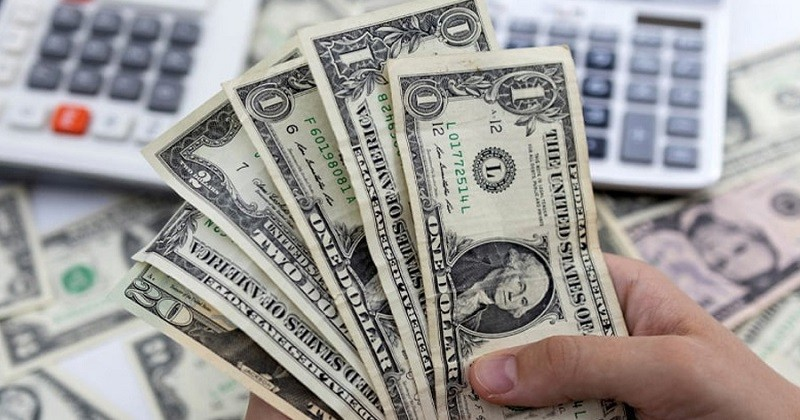
Toward Coordinated Development
The US$100 million ADB agreement is not just financial assistance—it represents a structural step toward sustainable growth for Bangladesh.
If implemented effectively and aligned with the IMF’s financial reform agenda, this fund could turn the country’s small and medium enterprises—the lifeblood of the rural economy—into the main drivers of economic revival.
#ADB #IMF #CMSME #BangladeshEconomy #GreenFinance #WomenEntrepreneurship #SarakhonReport #BangladeshDevelopment


